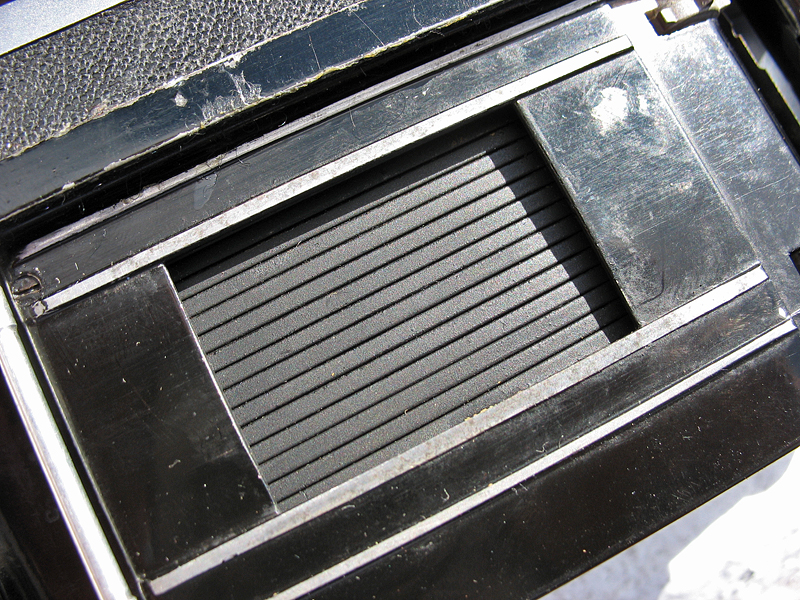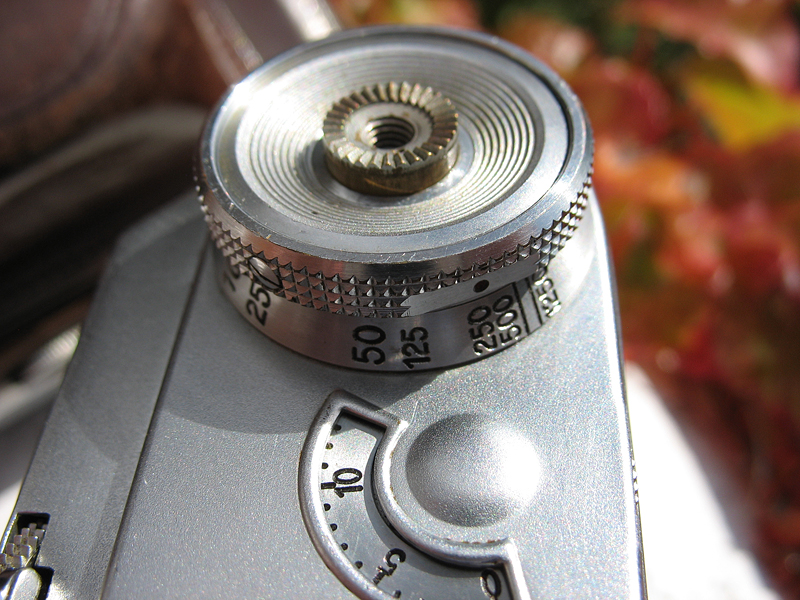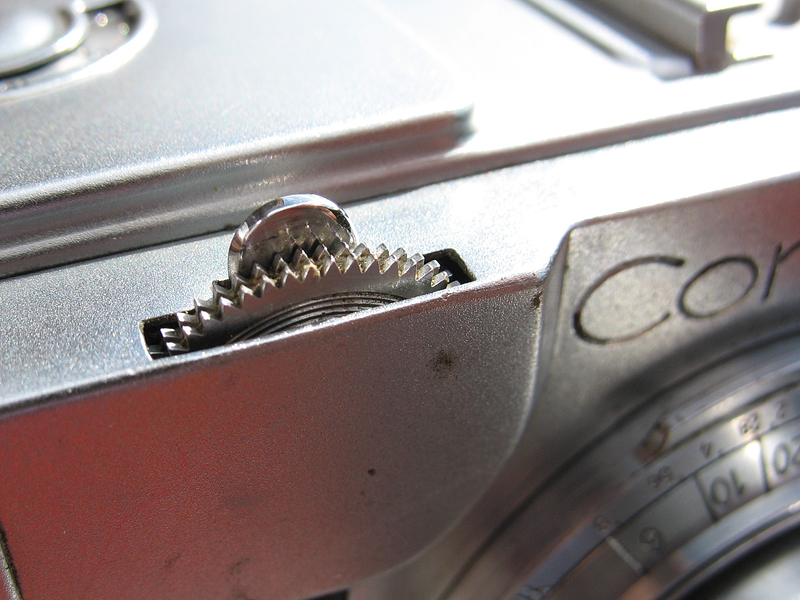Chris's camera pages
Zeiss Ikon Contax II (type 543/24)

The Contax II was manufactured in Germany from 1935 to 1942, and was introduced as a replacement for the Contax I, which apparently wasn't the stunning engineering success it might have been.After WW2 the Contax II was reborn as the Kiev rangefinder camera, which was manufactured in Ukraine as various models until the late eighties, and in 1950 Zeiss Ikon in West Germany introduced the new Contax IIa camera, a completely redesigned camera using the same lens mount.Perhaps the most marked feature of the Contax II is the long-baseline rangefinder, which allows for great accuracy in focusing. The rangefinder and viewfinder are combined, so there is only one eyepiece.
The Contax has a focal-plane shutter, although unlike the Leica cameras of the time, the shutter runs vertically across the film, rather than along the length of the film. The shutter also differs in that the Contax shutter is made up of two metal blinds, each made of separate metal slats, interlinked like those on an industrial roller-shutter door.

The entire camera base/back is removed completely to load film, and a removable take-up spool is used.
The film is advanced with the large knob at the right-hand side of the top cover, the shutter being automatically cocked at the same time. The knob must be wound clockwise until it reaches the limit of its movement.The advance knob also sets the shutter speed. This is done by lifting the advance knob and turning it to align the setting dot with the chosen speed engraved on the fixed dial below the knob.

This model is probably most commonly found with a 5cm f/2 Sonnar lens, but may also be found with an f/1.5 Sonnar, or either an f/3.5 or an f/2.8 Tessar lens instead. Focusing of the standard lenses is achieved rotating the focus wheel at the top-right of the camera front plate. The focus mount is incorporated into the camera body, and is not part of the lens. The lever visible above the wheel serves to disengage the infinity lock.

Contax II instruction manual on Mike Butkus' excellent website.